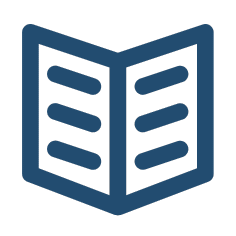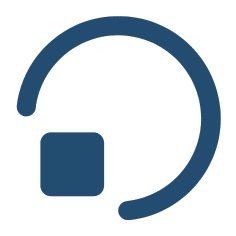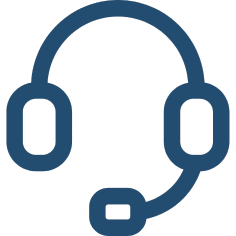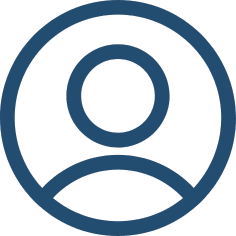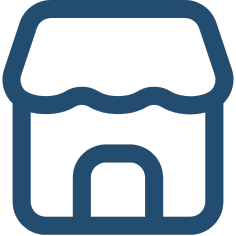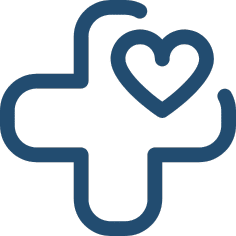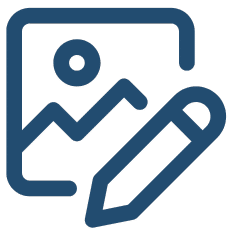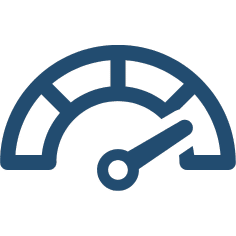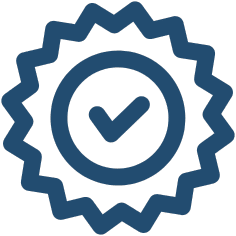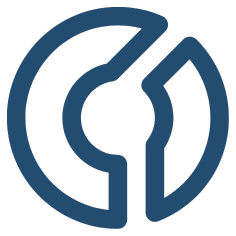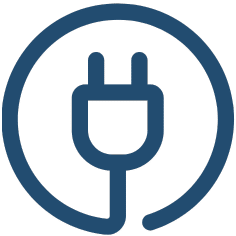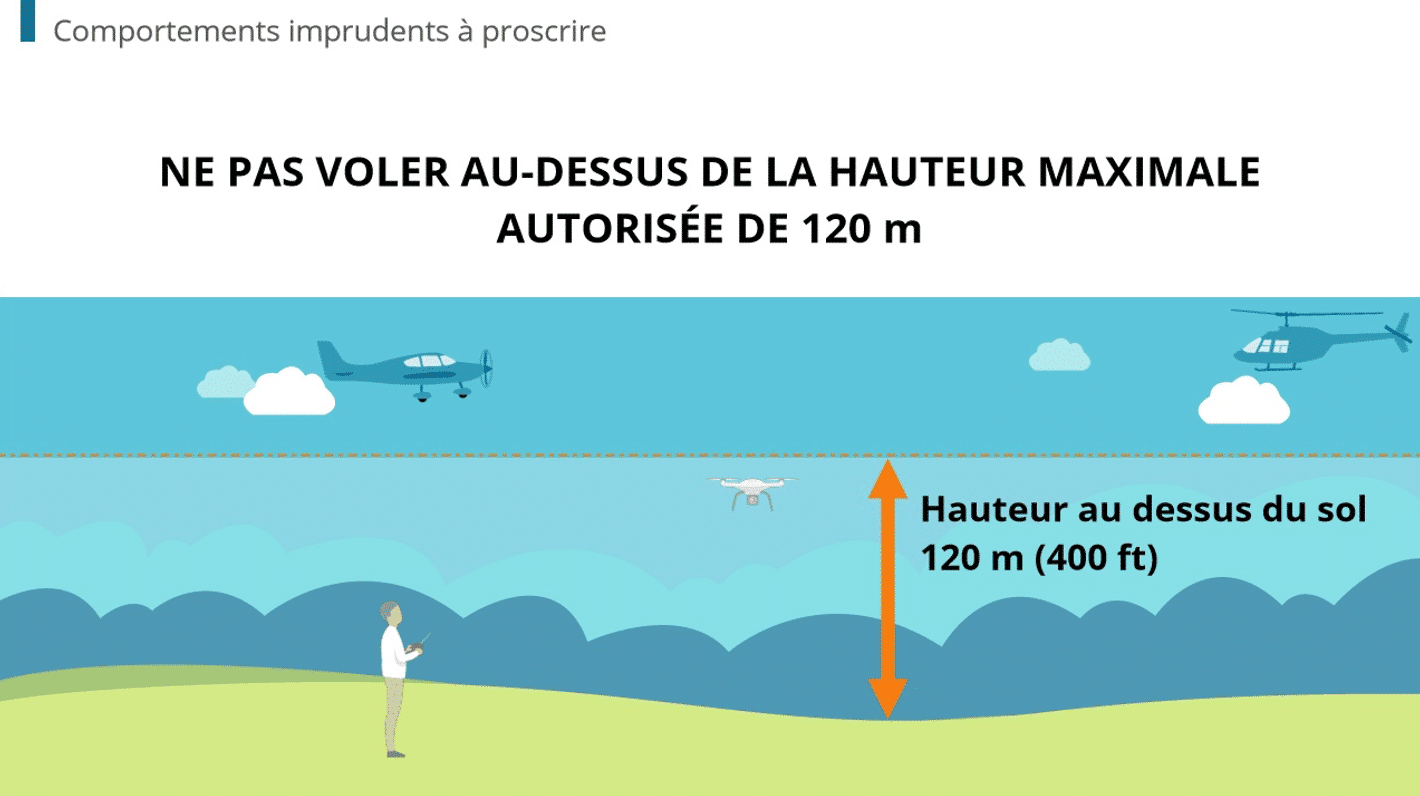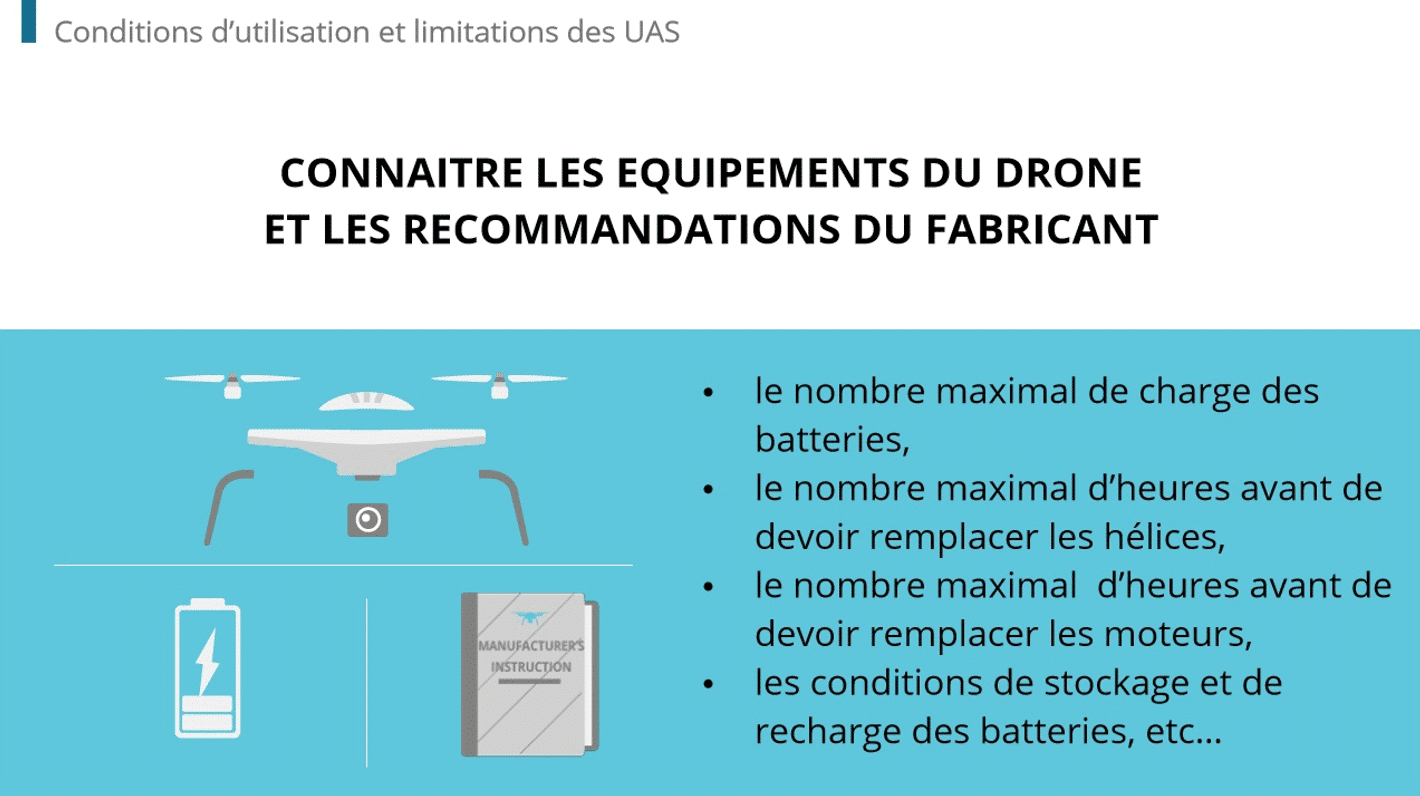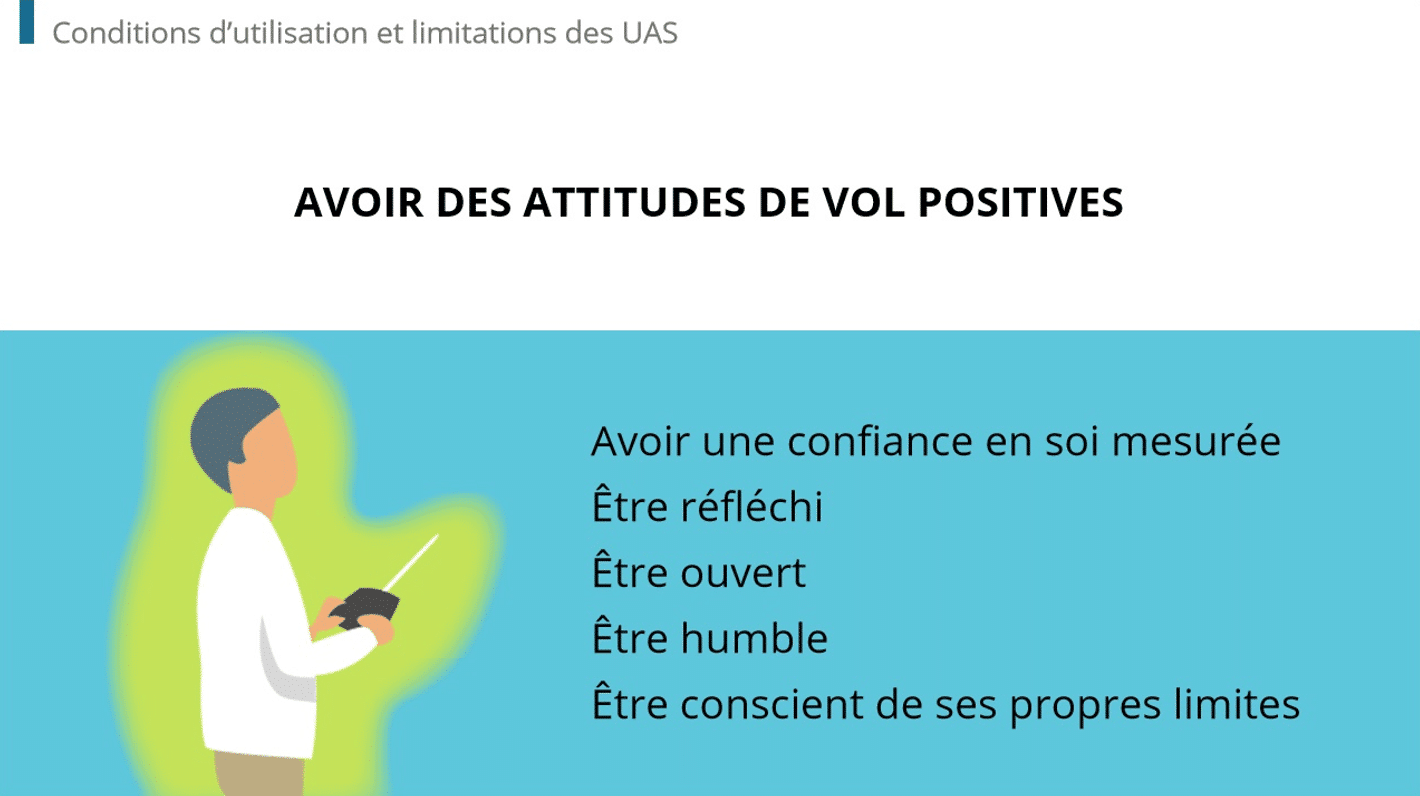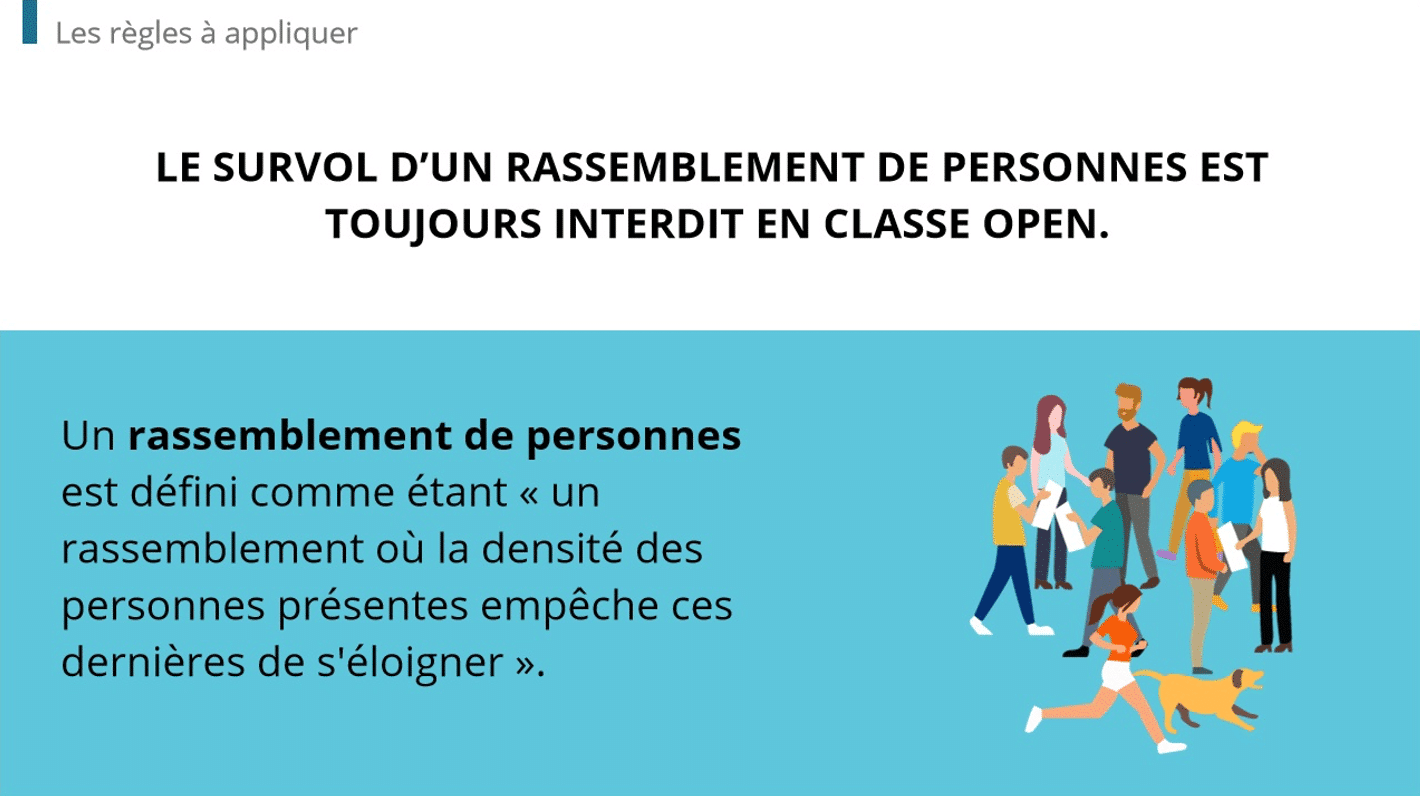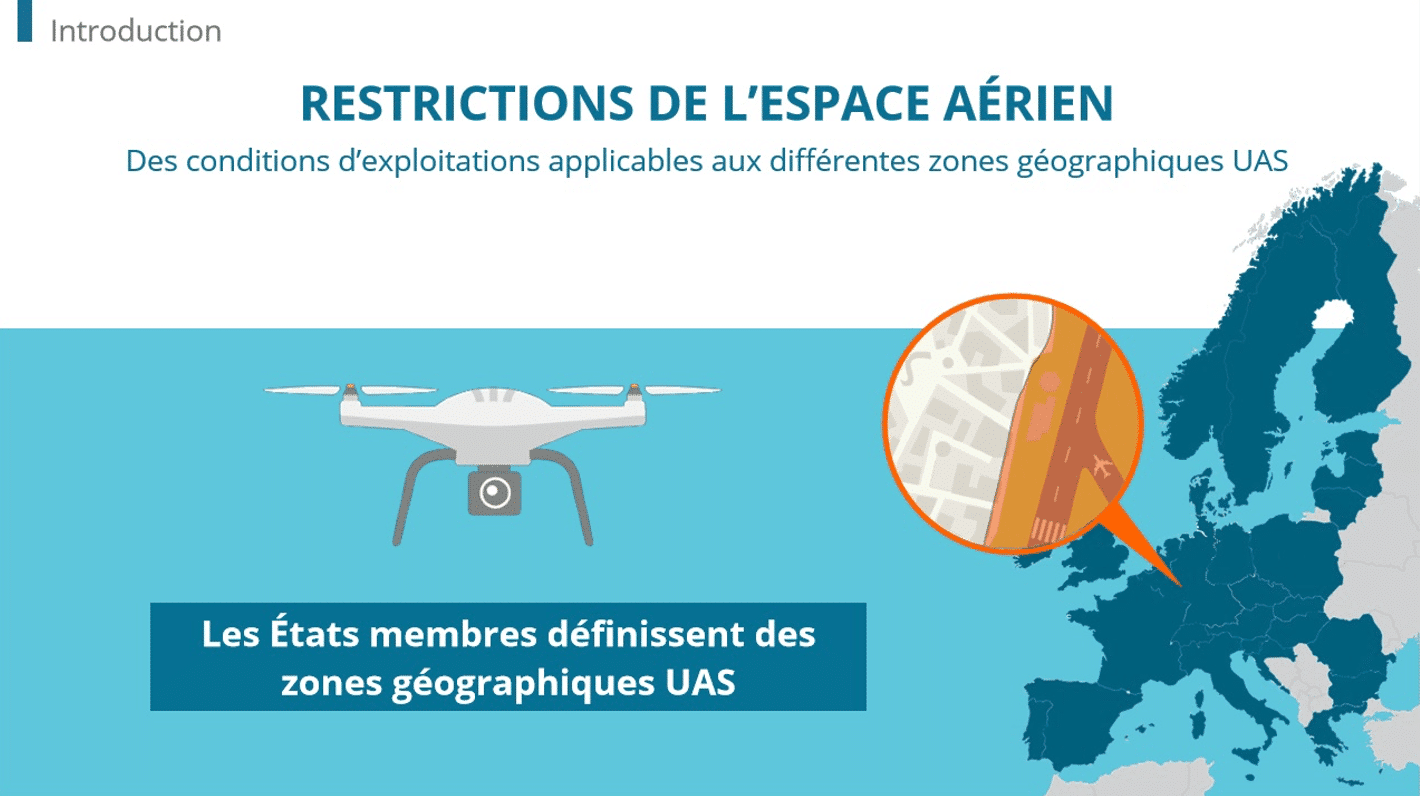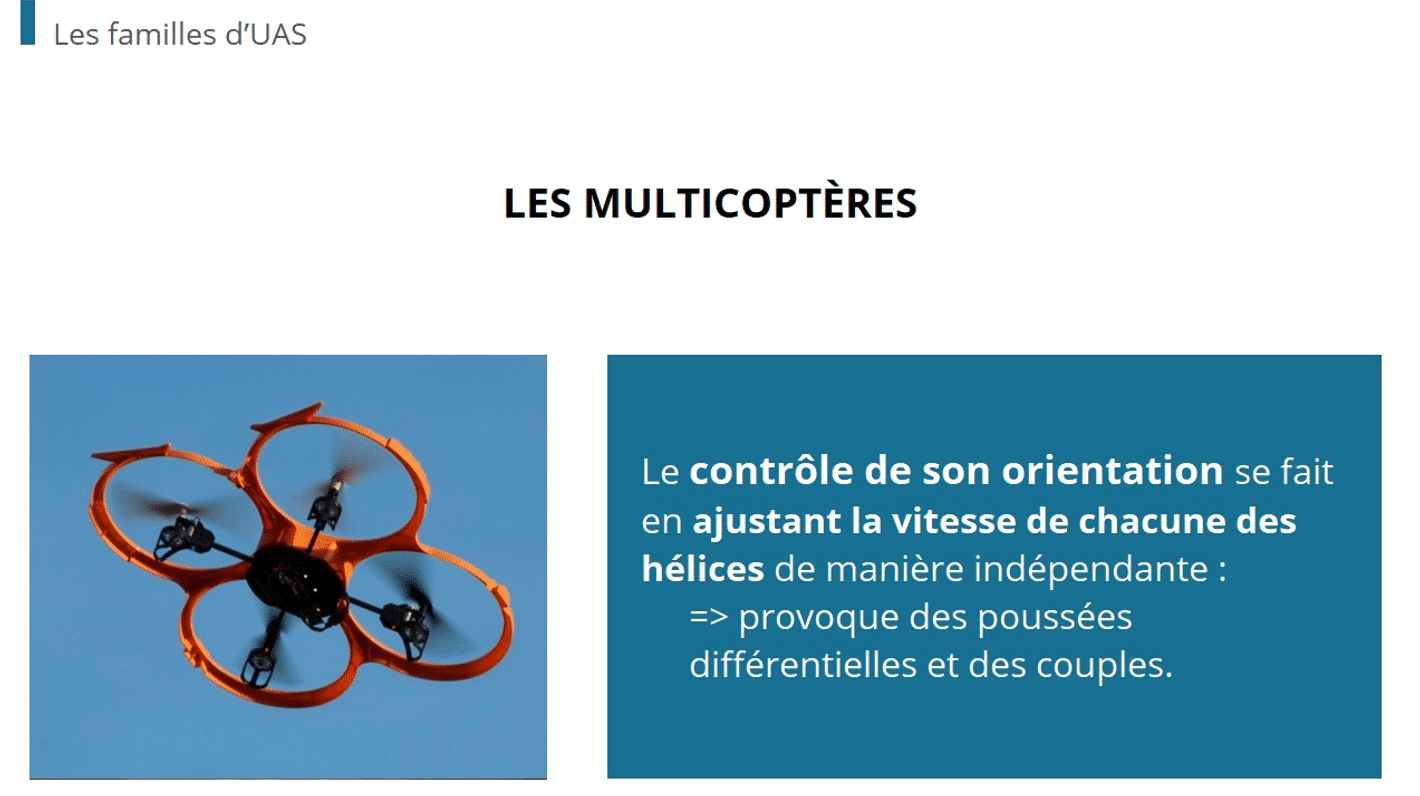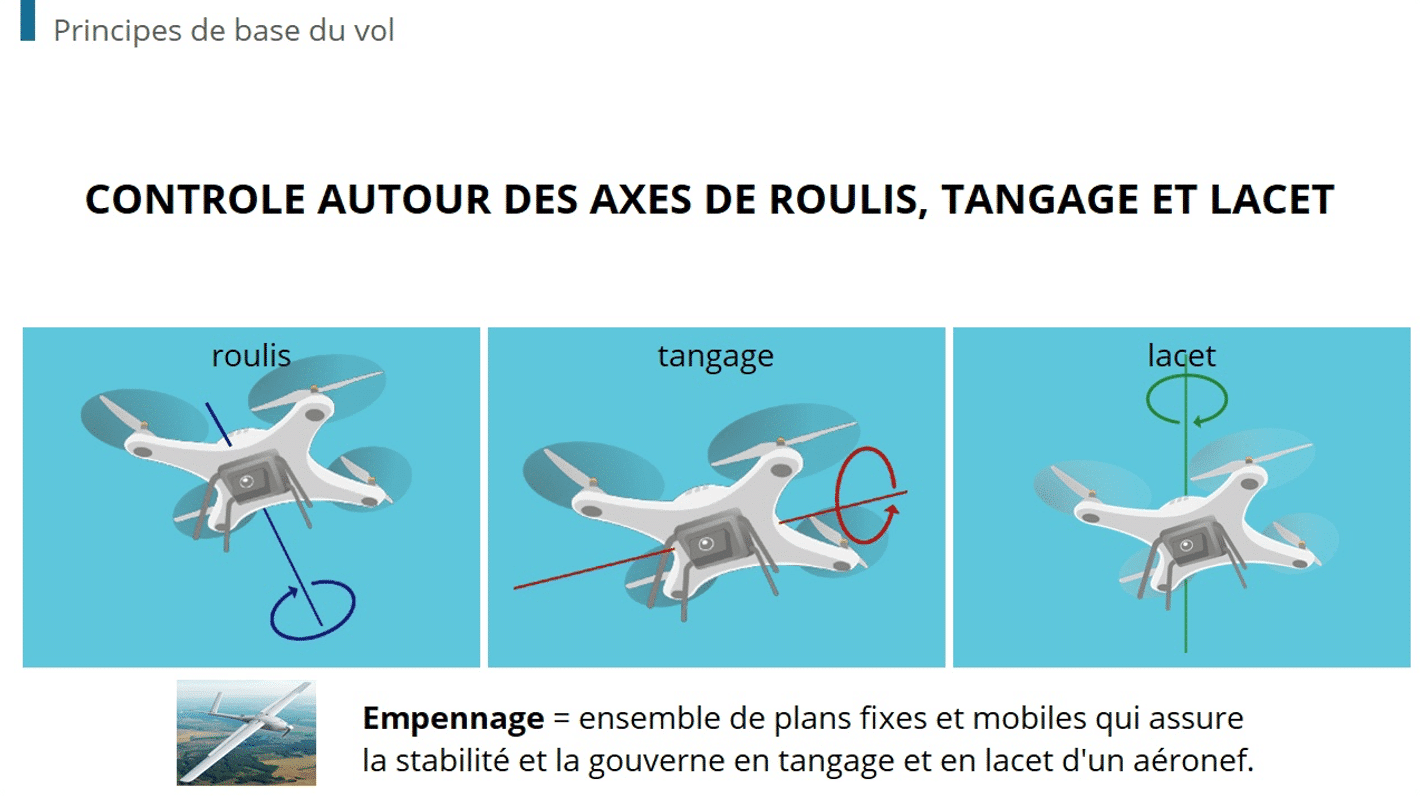Clinical trials must be conducted with due diligence and adherence to good clinical practices (GCP). This is non-negotiable and is for the well-being of the patients and test subjects who are entrusting their safety to your hands. GCP compliance doesn’t begin in the lab or clinic. Rather, it begins in the office or at home through formal yet engaging training programs. Find out how Dokeos’ LMS can be an invaluable tool for fostering knowledge and competency in a field that demands strict compliance.
The purpose of GCP
GCP was established through the collaborative efforts of multiple governing bodies, including the European Union (EU), the Food and Drug Administration (FDA), and the European Medicines Agency (EMA). The purpose is to establish uniform scientific and medical standards for clinical trials with the core aim of protecting the safety, rights, and confidentiality of human participants. GCP Information can be found on various reputable government and medical sites, such as the National Institute of Health and the Clinical Trials Transformation Initiative.
GCP Compliance three core components
GCP guidelines are comprehensive and can be categorized into three components:
- Ethics – establishes ethical standards regarding but not limited to informed consent, autonomy, and confidentiality.
- Participant safety – measures are in place to monitor patient safety and health during and post-trial.
- Data integrity – data must be accurate, reliable, and available upon request from authorities. Rules are also in place regarding data storage, encryption, and document quality assurance.
The consequences of GCP non-compliance
Not following GCP protocol elevates the risk of harm to the patients. Even though participants sign lengthy consent forms, it doesn’t fully absolve the clinic of liability. Participants harmed due to negligence may have grounds for a lawsuit or litigation. Aside from being financially costly, it can also cause reputational harm.
One case study stems from the 1999 clinical trial conducted at the University of Pennsylvania. 18-year-old Jesse Gelsinger was a participant who died during a gene therapy clinical trial. An investigation revealed that the clinic failed to disclose the results of prior experiments where patients reported adverse reactions. Today, this case is reviewed as a learning experience and what can go wrong when the procedure isn’t followed.
How to use e-learning for GCP compliance
It begins with training and understanding GCP at the intellectual level and then putting the knowledge into practice, first in a safe and mock environment and then in a real-world setting. Here is how to strategically incorporate LMS for better compliance.
Illustrate the ramifications of non-compliance with real-life examples
Begin the course with an intro or prologue. Highlight why compliance is so important that it warrants such an enormous investment in company time and money. Mention real-case scenarios like Jesse Gelsinger and the potential consequences, such as fines and PR damage.
Go a step further and mention how this directly impacts the learner. Ramifications may include termination, medical license suspension, and disqualification for future employment in the field.
Supplement training with real-world mock sessions
Learning about clinical trial ethics and patient safety needs to be followed by live training. Incorporate role-play sessions with instructors, moderators, or other students in the patient role. Does the learner adequately explain to the patient their rights as a participant? Is the patient properly monitored at required intervals? The mock sessions serve as a safe and controlled environment where learners can make errors consequence-free and learn from them.
Prioritize documentation training
Many audit fails are due to a lack of a paper trail. This was what got the University of Pennsylvania in deep water with their failure to maintain documents of adverse patient effects in the Gelsinger case. Dedicate an entire course section on documentation and recordkeeping. Conclude the section with quizzes, not in the form of a multiple-choice quiz, but in the form of actual document forms learners are expected to complete. Examples include the trial initiation monitoring report, subject screening log, signature sheets, and the final trial close-out report among others.
Aim for a semi-formal training approach
Ethical conduct, patient safety, and confidentiality are serious subject matters. However, this doesn’t mean the course itself has to take itself so seriously. The formal information can be found on official sites like the Good Clinical Practice Network. The text is dry and at times open for interpretation. Aim for a more casual approach. Discuss the protocols using everyday words and non-medical jargon.
Moreover, use diverse media including but not limited to infographics, videos, demonstrations, webinars, and gamification. Learners should take the training seriously, but that doesn’t mean the course should be devoid of engaging and more fun elements.
Dokeos’ LMS is a leading solution for GCP compliance training programs
Take advantage of Dokeos’ LMS. With our tailor-made solutions, benefit from access to turnkey solutions that cater to the healthcare and pharma sectors. We closely monitor national and global regulating bodies like HIPAA and ISO to produce ready-to-use training programs with easy-to-use customization options.
Our compliance solutions include automated KPI tracking, internal audit processes, data safekeeping, and more. Schedule a free demo today and find out why we’ve been a trusted authority in GxP compliance training for over two decades. In addition, if you prefer a turnkey solution for immediate use, consider our suite of ready-made GXP compliance courses. Save time and kickstart the training without delay!





